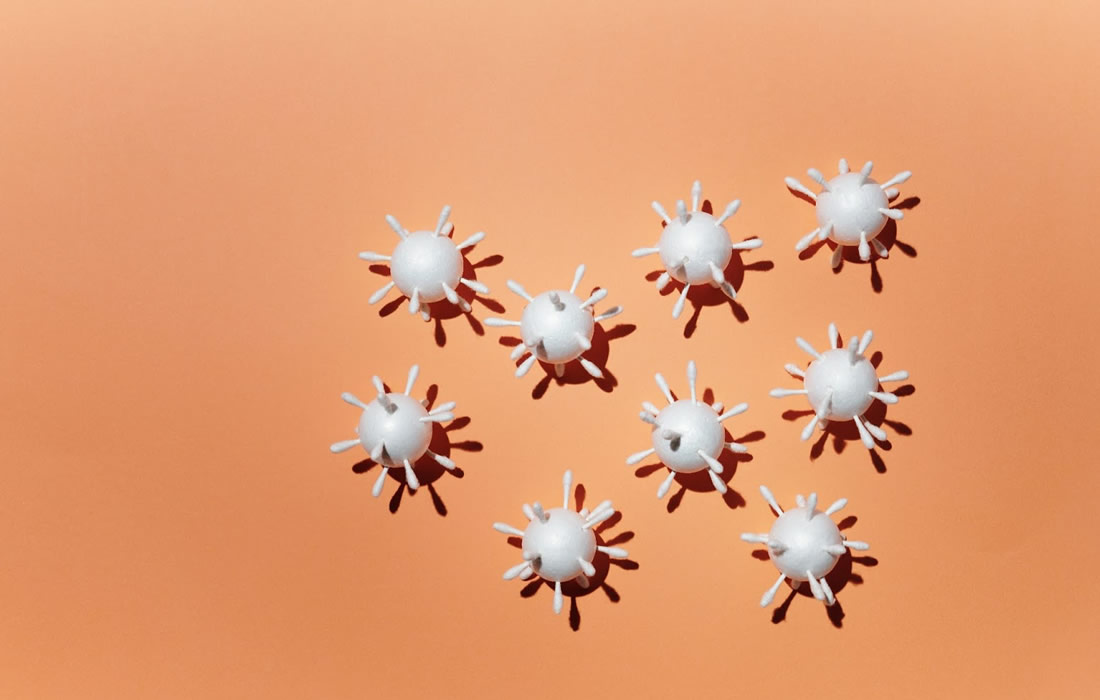Regenerative Medicine News and General Information
Hormones Have the Potential to Treat Liver Fibrosis
Liver fibrosis may occur as a result of liver diseases such as metabolic dysfunction-associated steatotic liver disease (MASLD) and metabolic dysfunction-associated steatohepatitis (MASH), and currently, there is no medical treatment to cure liver fibrosis.
Doctors often try to address the underlying causes of the diseases, such as obesity and diabetes, and these treatments may lead to improved liver function over several years but they do not eliminate fibrosis.
The processes that initiate the formation of scar tissue in the liver, i.e., fibrosis, are cellular.
In a new study a Danish/American research team reports that they have found previously unknown changes in the cell types responsible for fibrosis formation.
These are the liver’s so-called stellate cells, named for their star-like appearance.
“We have found a way to inactivate these cells and thus halt the fibrogenic process. This may offer a real opportunity for halting the formation of scar tissue,” explains Kim Ravnskjaer.
One way to deactivate stellate cells is to expose them to certain intestinal hormones, the team discovered.
“We have focused mainly on the intestinal hormone called vasoactive intestinal polypeptide (VIP), which is naturally present in the intestine and neurons, from where it is released when we eat. The liver’s stellate cells, in particular, have a high expression of specific VIP receptors on their surface. VIP stimulates the liver’s blood supply but also appears to keep the stellate cells inactive,” says Kim Ravnskjaer.
The researchers believe that their work could provide the basis for the treatment of liver fibrosis.
“This could result in new ways to treat patients. For example, one could develop synthetic hormones designed to target the receptors on specific cells,” Ravnskjaer adds.
Unfortunately, these often come with serious side effects and for this reason, they are not approved.
“If we target these drugs more towards the cell changes we have discovered, we might be able to avoid many of the side effects,” says Kim Ravnskjaer.
The researchers will now continue studying stellate cells and their surface receptors in patient samples.
“The more precisely we can target the right cells, the fewer side effects and the better for the patient,” says Kim Ravnskjaer, emphasizing that a new drug based on these discoveries is still years away.
Sources:
Sofie M. Bendixen, Peter R. Jakobsgaard, Daniel Hansen, Kamilla H. Hejn, Mike K. Terkelsen, Frederik A. Bjerre, Annemette P. Thulesen, Niels G. Eriksen, Philip Hallenborg, Yana Geng, Trine V. Dam, Frederik T. Larsen, Charlotte W. Wernberg, Janusa Vijayathurai, Emma A.H. Scott, Ann-Britt Marcher, Sönke Detlefsen, Lars Grøntved, Henrik Dimke, Rebecca Berdeaux, Thomas Q. de Aguiar Vallim, Peter Olinga, Mette M. Lauridsen, Aleksander Krag, Blagoy Blagoev, Kim Ravnskjaer. Single cell-resolved study of advanced murine MASH reveals a homeostatic pericyte signaling module. Journal of Hepatology, 2023; DOI: 10.1016/j.jhep.2023.11.001
Materials provided by University of Southern Denmark. Original written by Birgitte Svennevig. Note: Content may be edited for style and length.
University of Southern Denmark. “Hormones have the potential to treat liver fibrosis.” ScienceDaily. ScienceDaily, 16 November 2023. <www.sciencedaily.com/releases/2023/11/231116140941.htm>.
Images from:
Photo by Edward Jenner
https://www.pexels.com/photo/coronavirus-scale-model-on-peach-background-4031871/

